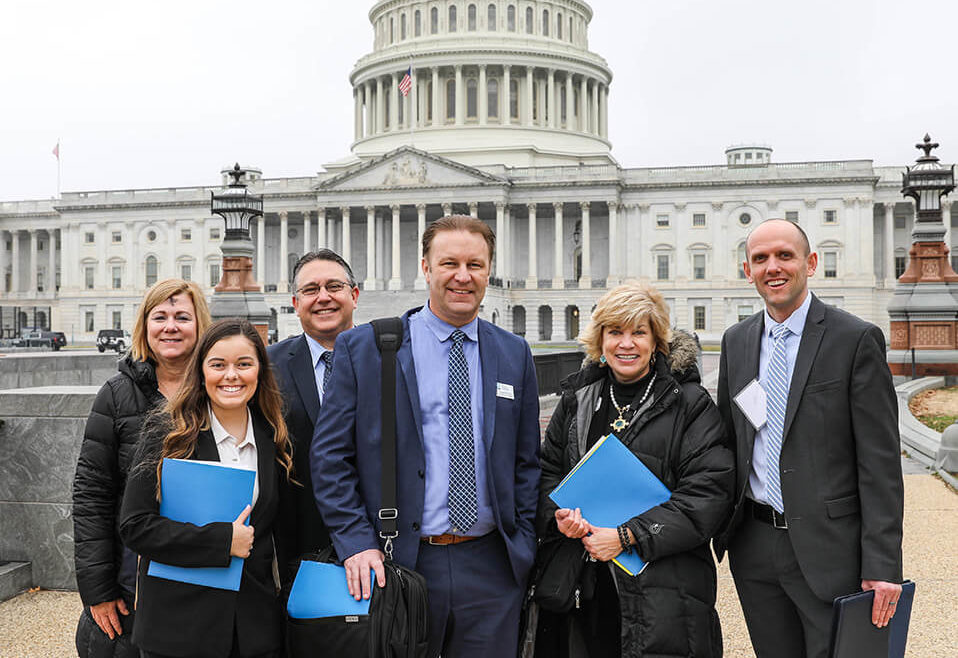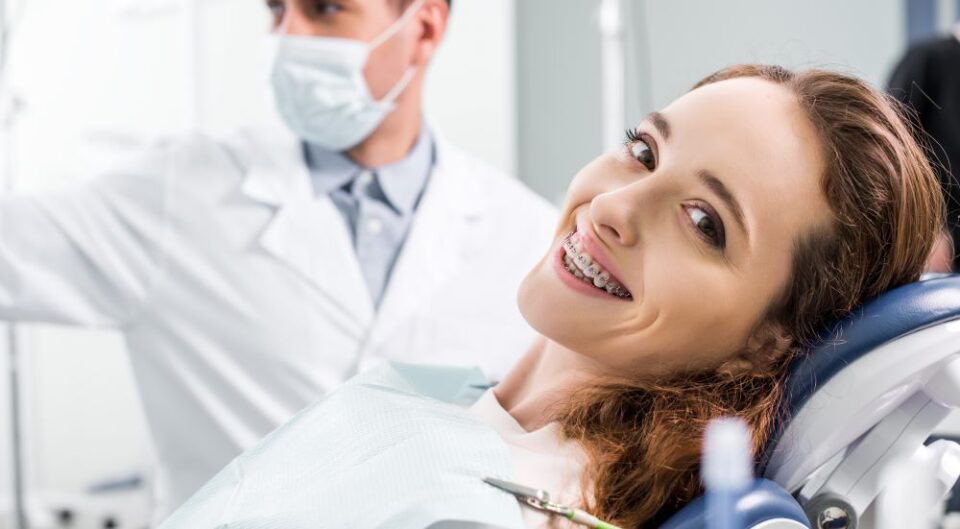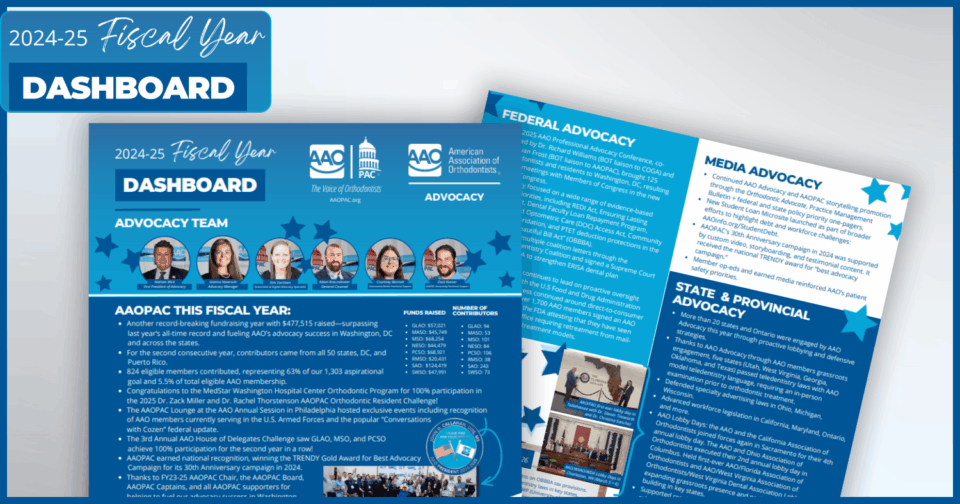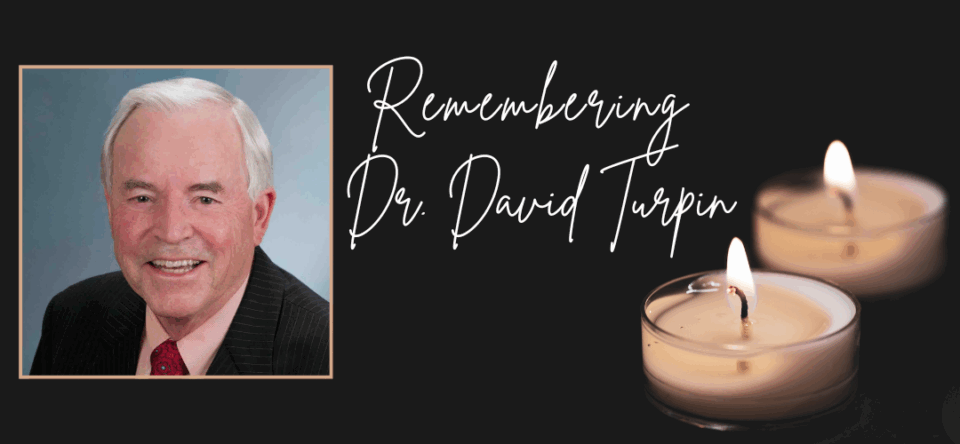The AAO House of Delegates created the Component Legal Support Fund (CLSF) in 2015 to fund advocacy initiatives in the states and provinces. Since then, 38 states and provinces have applied for and utilized the CLSF to engage in advocating on issues facing orthodontists with both dental boards and state legislatures.
How does the CLSF work?
First, the component president of a state or province works with the AAO Legal and Advocacy Department to fill out the CLSF Application, including estimating a time frame, finding, and interviewing a lobbyist if necessary, and deciding the amount of funding needed for the advocacy issue. Then, the application is signed by the component president and sent for approval from the AAO Board of Trustees.
Once approved, the AAO staff, with support from local professional advocacy firms, gets to work to advocate for you by contacting component leadership, constituent leadership, and the constituent trustee to describe the advocacy initiative and communicate the plan of action as described in the CLSF application. Staff then works with component leadership and interested members to create awareness about the issue, whether its through public comment opportunities at the dental board or by meeting with or writing to state representatives and senators.
An recent example of the CLSF benefits at work is illustrated in the advocacy initiative of the Ohio Association of Orthodontists (OAO). Last summer, an AAO member reached out to the Legal and Advocacy Department to let staff know about a bill in Ohio that, if passed, could allow certain dental services to be provided in a manner that is not in the best interest of patient health and safety. AAO staff then connected with the president of the OAO and worked together to complete the CLSF application. Once funding was approved, the AAO found and hired a local Ohio lobbyist to present the AAO and its Ohio members.
The bill that was introduced in the Ohio legislature pertained to COVID-19 relief measures for public health facilities and long-term care and expanding telehealth to accommodate certain professions and facilities. Dentistry was not originally included in this bill, as Ohio already has both a law and dental board regulations governing teledentistry. However, hours before a floor vote, and with no opportunity for conversation, an amendment was proposed to include language that would have severely weakened the existing teledentistry law and dental board regulations.
Specifically, the proposed last-minute amendments would have allowed unregulated persons to take digital photographs of teeth to be used for diagnosis and orthodontic treatment planning. The language also included a new definition of teledentistry, did not require any in-person interaction, established an auxiliary position of a dental scan technician, and did not require the dentist to review any x-rays prior to beginning orthodontic treatment.
Thanks to the CLSF, the AAO’s and OAO’s hired lobbyist communicated with senators to inform them about the potential risks to patient health and safety that could occur if this bill were to pass. Additionally, the AAO used Voter Voice to alert Ohio members about this legislative activity and to ask that they contact their senators. Ohio members immediately sprang into action and sent over 100 messages to legislators to inform them about the potential negative impact this proposed amendment could have on patients and Ohio’s current teledentistry laws and rules.
Our collective efforts focused on meeting with stakeholders, legislators, and other government officials to explain that the teledentistry amendment was added at the last minute to a bill focused on COVID-19 relief, and that the amendment was not in the best interest of the health and safety of Ohioans. The bill did not move forward, and the legislative session ended.
To receive the CLSF application, or if you have any questions about how the CLSF could help members in your state, please contact the AAO’s Government Affairs Associate, Gianna Nawrocki, at [email protected].



